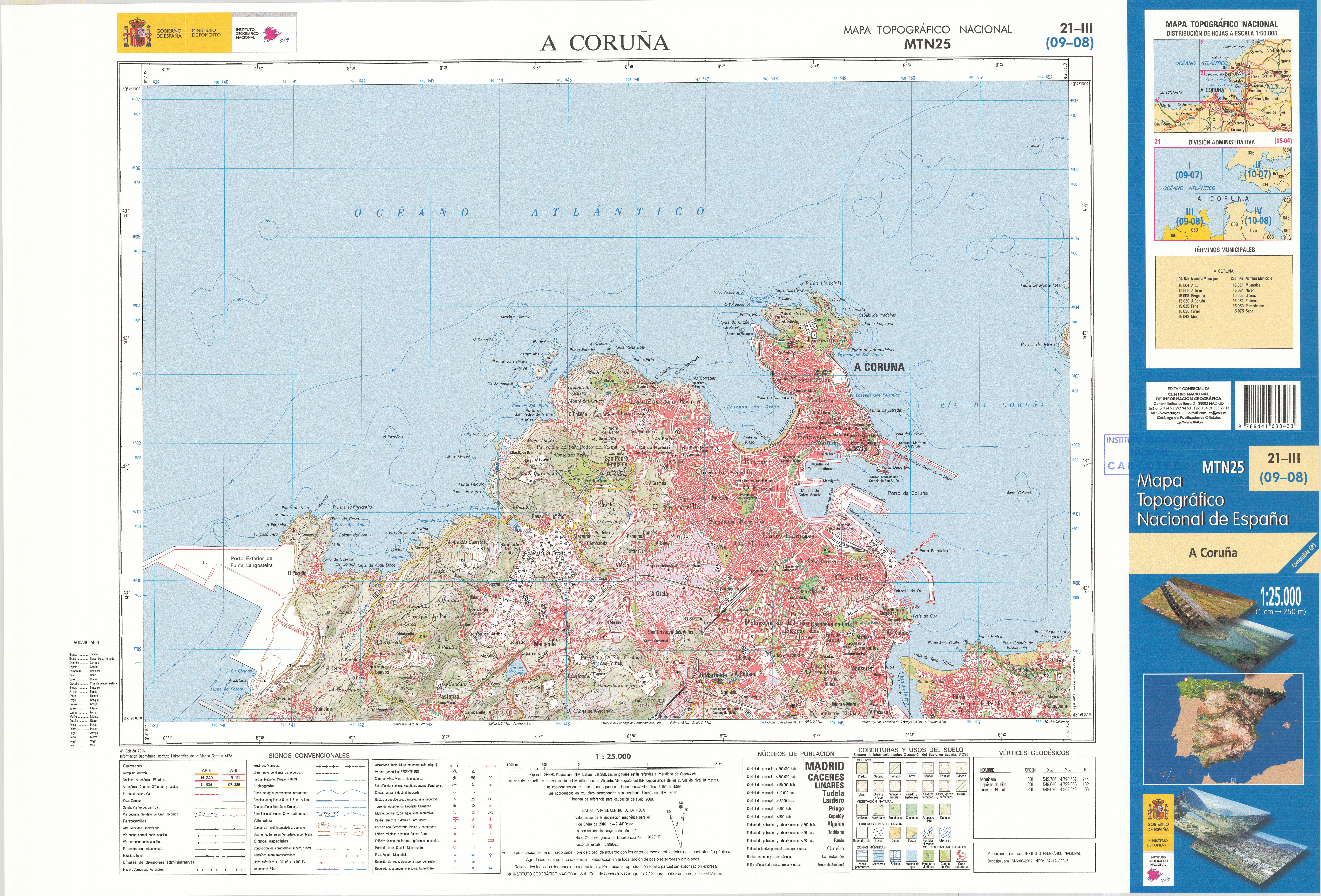|
Marina Otero
Marina Otero Verzier (A Coruña, 1981) is a Spanish architect, academic, and researcher. She received the Wheelwright Prize in 2022. Biography Otero studied architecture at Delft University of Technology. In 2013, as a Fulbright Scholar, she graduated with an MS in critical, curatorial, and conceptual practices in architecture from Columbia GSAPP, and in 2016 she completed her PhD at the ETSAM with the thesis ''Evanescent Institutions,'' which examined the emergence of a new paradigm for cultural institutions. Between 2013 and 2015, Otero was the director of Global Network Programming at Studio X, Columbia GSAPP. In 2014, she was announced as Chief Curator of the 2016 Oslo Architecture Triennale alongside the Spanish collective After Belonging Agency. One year later, she was named Director of Research at Het Nieuwe Instituut, the Dutch institute for architecture, design and digital culture, leading initiatives such as ''Automated Landscapes'', focusing on the emerging arch ... [...More Info...] [...Related Items...] OR: [Wikipedia] [Google] [Baidu] |
A Coruña
A Coruña (; es, La Coruña ; historical English: Corunna or The Groyne) is a city and municipality of Galicia, Spain. A Coruña is the most populated city in Galicia and the second most populated municipality in the autonomous community and seventeenth overall in the country. The city is the provincial capital of the province of the same name, having also served as political capital of the Kingdom of Galicia from the 16th to the 19th centuries, and as a regional administrative centre between 1833 and 1982, before being replaced by Santiago de Compostela. A Coruña is located on a promontory in the Golfo Ártabro, a large gulf on the Atlantic Ocean. It is the main industrial and financial centre of northern Galicia, and holds the headquarters of the Universidade da Coruña. A Coruña is a packed city, the Spanish city featuring the tallest mean-height of buildings, also featuring a population density of 21,972 inhabitants per square km of built land area. Name Origin Ther ... [...More Info...] [...Related Items...] OR: [Wikipedia] [Google] [Baidu] |
Designboom
''Designboom'' (stylized as ''designboom'') is a daily web magazine covering the fields of industrial design, architecture, and art internationally. Launched in 1999, and headquartered in Milan, the publication was the first web magazine to focus on these fields, and it features interviews and firsthand studio visits of renowned designers and architects, in addition to coverage of international design fairs and new projects. Newsletters are published daily. The online magazine was named one of the top 100 design influencers in the world by ''Time Time is the continued sequence of existence and events that occurs in an apparently irreversible succession from the past, through the present, into the future. It is a component quantity of various measurements used to sequence events, t ...'' magazine, as well as one of the top "''Les 100 qui comptent''" ("People who count") by the French magazine '' Architectural Digest''. ''Designboom'' runs several international design co ... [...More Info...] [...Related Items...] OR: [Wikipedia] [Google] [Baidu] |
Wheelwright Prize Winners
A wheelwright is a craftsman who builds or repairs wooden wheels. The word is the combination of "wheel" and the word "wright", (which comes from the Old English word "''wryhta''", meaning a worker or shaper of wood) as in shipwright and arkwright. This occupational name became the English surname ''Wright''. It also appears in surnames like ''Cartwright'' and ''Wainwright''. It corresponds with skilful metal workers being called ''Smith.'' These tradesmen made wheels for carts (cartwheels), wagons (wains), traps and coaches and the belt drives of steam powered machinery. They also made the wheels, and often the frames, for spinning wheels for home use. First constructing the hub (called the nave), the spokes and the rim segments called felloes, (pronounced fell low), and assembling them all into a unit working from the center of the wheel outwards. Most wheels were made from wood, but other materials have been used, such as bone and horn, for decorative or other purposes. S ... [...More Info...] [...Related Items...] OR: [Wikipedia] [Google] [Baidu] |
21st-century Spanish Architects
The 1st century was the century spanning AD 1 ( I) through AD 100 ( C) according to the Julian calendar. It is often written as the or to distinguish it from the 1st century BC (or BCE) which preceded it. The 1st century is considered part of the Classical era, epoch, or historical period. The 1st century also saw the appearance of Christianity. During this period, Europe, North Africa and the Near East fell under increasing domination by the Roman Empire, which continued expanding, most notably conquering Britain under the emperor Claudius (AD 43). The reforms introduced by Augustus during his long reign stabilized the empire after the turmoil of the previous century's civil wars. Later in the century the Julio-Claudian dynasty, which had been founded by Augustus, came to an end with the suicide of Nero in AD 68. There followed the famous Year of Four Emperors, a brief period of civil war and instability, which was finally brought to an end by Vespasian, ninth Roman emperor, a ... [...More Info...] [...Related Items...] OR: [Wikipedia] [Google] [Baidu] |
Spanish Women Architects
Spanish might refer to: * Items from or related to Spain: **Spaniards are a nation and ethnic group indigenous to Spain **Spanish language, spoken in Spain and many Latin American countries **Spanish cuisine Other places * Spanish, Ontario, Canada * Spanish River (other), the name of several rivers * Spanish Town, Jamaica Other uses * John J. Spanish (1922–2019), American politician * "Spanish" (song), a single by Craig David, 2003 See also * * * Español (other) * Spain (other) * España (other) * Espanola (other) * Hispania, the Roman and Greek name for the Iberian Peninsula * Hispanic, the people, nations, and cultures that have a historical link to Spain * Hispanic (other) * Hispanism * Spain (other) * National and regional identity in Spain * Culture of Spain * Spanish Fort (other) Spanish Fort or Old Spanish Fort may refer to: United States * Spanish Fort, Alabama, a city * Spanish Fort (Colorado ... [...More Info...] [...Related Items...] OR: [Wikipedia] [Google] [Baidu] |
Living People
Related categories * :Year of birth missing (living people) / :Year of birth unknown * :Date of birth missing (living people) / :Date of birth unknown * :Place of birth missing (living people) / :Place of birth unknown * :Year of death missing / :Year of death unknown * :Date of death missing / :Date of death unknown * :Place of death missing / :Place of death unknown * :Missing middle or first names See also * :Dead people * :Template:L, which generates this category or death years, and birth year and sort keys. : {{DEFAULTSORT:Living people 21st-century people People by status ... [...More Info...] [...Related Items...] OR: [Wikipedia] [Google] [Baidu] |
Triennale Di Milano
The Triennale di Milano is a design and art museum in the Parco Sempione in Milan, in Lombardy in northern Italy. It is housed in the Palazzo dell'Arte, which was designed by Giovanni Muzio and built between 1931 and 1933; construction was financed by Antonio Bernocchi and his brothers Andrea and Michele. The Milan Triennial, an international exhibition of art and design, was held at the museum thirteen times between 1936 and 1996, and – after a break of twenty years – again in 2016. Since 2003 the Triennale has awarded the triennial Gold Medal for Italian Architecture ( it, Medaglia d'oro all'architettura italiana, italic=no). A permanent museum of Italian design Italian design refers to all forms of design in Italy, including interior design, urban design, fashion design and architectural design. Italy is recognized as being a worldwide trendsetter and leader in design: the architect Luigi Caccia Dominio ..., the Trienniale Design Museum, was opened in 2007. It hosts ... [...More Info...] [...Related Items...] OR: [Wikipedia] [Google] [Baidu] |
Museo Nacional Centro De Arte Reina Sofía
The ''Museo Nacional Centro de Arte Reina Sofía'' ("Queen Sofía National Museum Art Centre"; MNCARS) is Spain's national museum of 20th-century art. The museum was officially inaugurated on September 10, 1992, and is named for Queen Sofía. It is located in Madrid, near the Atocha train and metro stations, at the southern end of the so-called Golden Triangle of Art (located along the Paseo del Prado and also comprising the Museo del Prado and the Museo Thyssen-Bornemisza). The museum is mainly dedicated to Spanish art. Highlights of the museum include excellent collections of Spain's two greatest 20th-century masters, Pablo Picasso and Salvador Dalí. The most famous masterpiece in the museum is Picasso's 1937 painting ''Guernica''. Along with its extensive collection, the museum offers a mixture of national and international temporary exhibitions in its many galleries, making it one of the world's largest museums for modern and contemporary art. In 2021, due to the COVI ... [...More Info...] [...Related Items...] OR: [Wikipedia] [Google] [Baidu] |
Andrés Jaque
Andrés Jaque is an architect, writer and curator. In 2016, he was awarded with the 10th Frederick Kiesler Prize for Architecture and the Arts. In 2014, he won the Silver Lion to the Best Project at the 14th Venice Biennale. His work explores architecture as a cosmopolitical practice. In 2003, he founded the Office for Political Innovation, a trandisciplinary agency working in the intersection of design, research and environmental activism. Andrés Jaque is the Dean of Columbia Graduate School of Architecture, Planning and Preservation. Life and career Jaque is the author of award-winning architectural projects, including the Reggio School (El Encinar de los Reyes, 2020), the Babin Yar Museum of Memory and Oblivion in Kiev, the Ocean Space for Thyssen-Bornemisza Contemporary Art (Venice, 2018), ''Casa Sacerdotal Diocesana de Plasencia''; 2004. Teddy House (Vigo, 2003, 2005), Mousse City, (Stavanger, 2003); Peace Foam City (Ceuta, 2005); Skin Gardens (Barcelona 2006); the M ... [...More Info...] [...Related Items...] OR: [Wikipedia] [Google] [Baidu] |
Filipa Ramos
Lisbon-born Filipa Ramos is a writer, lecturer and curator. She received a Doctor of Philosophy (PhD) from the School of Critical Studies at Kingston University, London. Her research, manifested in critical and theoretical texts, lectures, workshops and edited publications, focuses on how art addresses ecology, fostering relationships between nature and technology. She advocates a move away from anthropocentric approaches in the arts and humanities. She is Director of the Contemporary Art Department of the city of Porto, including thGaleria Municipal do Porto She is curator oArt Basel Filmand a founding curator oVdrome an online artists’ cinema that she co-founded in 2013 with Editor Edoardo Bonaspetti, Curator Jens Hoffmann anHaus der Kunsts Director Andrea Lissoni. Recent projects include the arts, humanities and science festival The Shape of a Circle in the Mind of a Fish (since 2018) and "Persons Persone Personen", the 8th Biennale Gherdëina (2022), both curated together wit ... [...More Info...] [...Related Items...] OR: [Wikipedia] [Google] [Baidu] |
Shanghai Biennale
The Shanghai Biennale is one of the highest-profile contemporary art events in Shanghai and the most established art biennale in China. It was initially held in the Shanghai Art Museum. From 2012 on, it has been hosted in Power Station of Art, the first state-run museum dedicated to contemporary art in mainland China. Shanghai Biennale provides artists, curators, writers and art supporters from around the world with a space to meet and exchange ideas about their experiences, works and inspirations to create international dialogues. It highlights the achievements of Asian artistic creativity and production and challenges the conventional division of the world between East and West. Aside from its main museum show, it also includes talks, lectures and installations in various venues throughout the city. First edition The Shanghai Biennale was founded in 1996 by Fang Zengxian, then director of the Shanghai Art Museum, and was hosted at the museum for eight editions before switchi ... [...More Info...] [...Related Items...] OR: [Wikipedia] [Google] [Baidu] |




